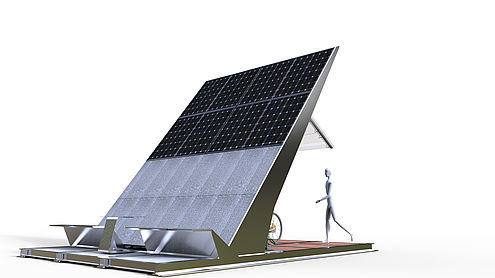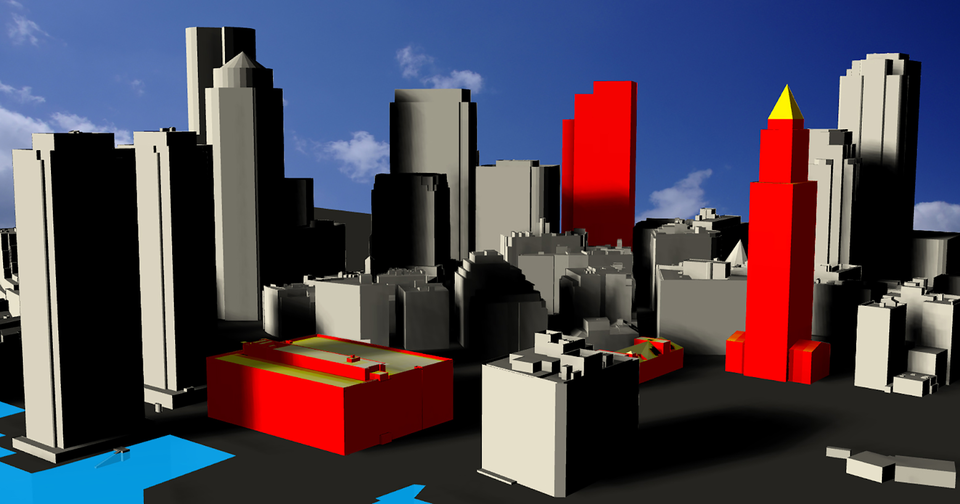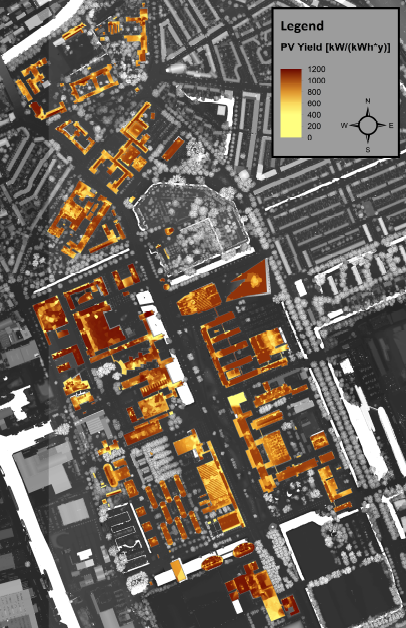Integrating Photovoltaics in Urban Structures
Ingraining a technology in society not only requires a bird’s-eye view of technology integration, it must also be developed in the required multifunctional structures. The specific question how a solar technology can be integrated in a structure such that multiple uses can be combined is the focus of this research line. In a city environment, surfaces are widely different and can be divided into infrastructure elements, building elements and district design. For infrastructure and transport, the surfaces include roads, noise barriers, lamp posts, stairs, railway system, e-bike or car charging stations, trains, cars and buses. For building-integrated solar technology, the surfaces include roofs, facades, walls and floors. On the district level, one can think of integration and design-matching like integration in parks, matching designs of roads and buildings. For all these surfaces, questions arise on how these elements can be made aesthetically and architectonically pleasing, using circular materials and components and how the many set needs and requirements can be combined.
Building-integrated solar technology
Building integration of technology harvesting the electrical and thermal energy from the sun is commonly abbreviated to BIPV(T). Multifunctionality in buildings means that PV(T) is combined with functions such as heat/cold insulation, ventilation, sound insulation, stiffness, water and wind-proofing and energy storage. Multifunctional building elements limit discomfort and require less space, costs (build and installation) and installation time. Critical in the integration of elements is that the lifetime of each product is compatible to each other. This also holds for their environmental performance, including embodied energy and circularity. In this research line R&D topics are partly technical (like modularity and connections), but also involve standardization, interchangeability, certification and (re)assurance of performance.
Architectural integration
Photovoltaic innovations can be integrated in such a way that their appearance is more favourable and in line to the architect’s wishes. The colour of photovoltaics modules can be adapted, a pattern can be printed and added to the module, the metal lines on the cells can be applied in any shape desired. The solar cell module can be fabricated in any shape, moving beyond the well-known rectangular shape. We take the integration a step further: starting from the building needs and wishes expressed by architects or customers, we will innovate the photovoltaics application to make them as attractive as possible.




